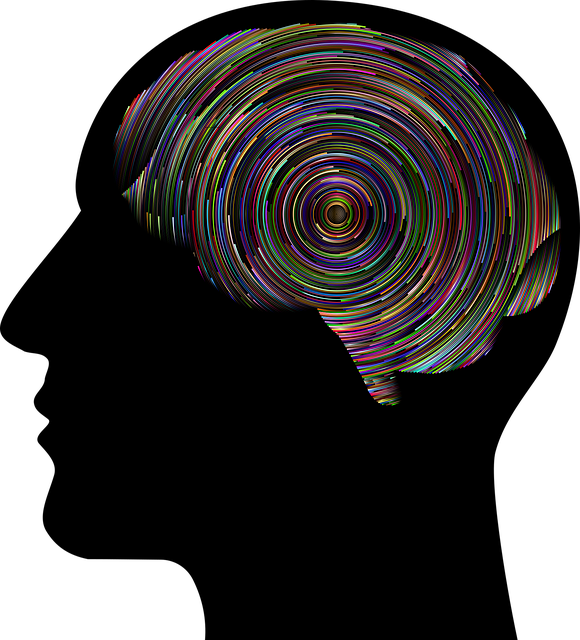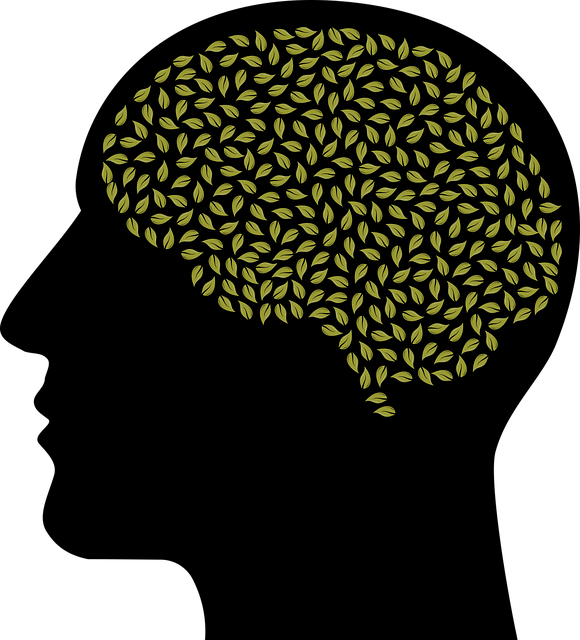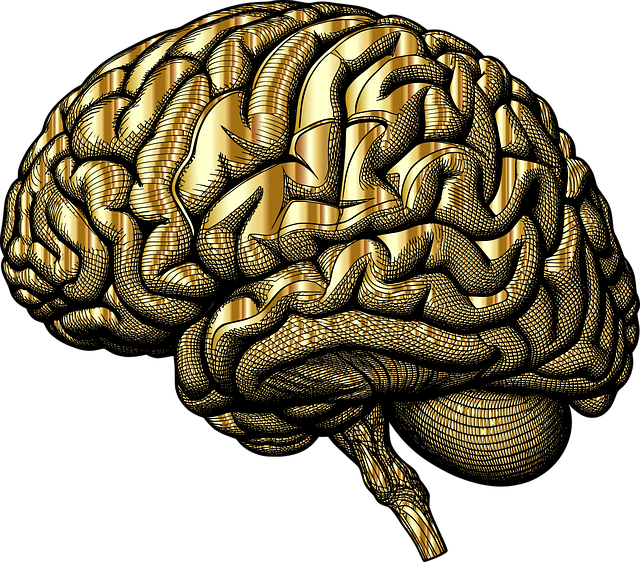Broomfield Neuro Disorders Therapy (BNDT) leverages diverse data sources, including client session data and advanced neuroimaging, to contribute significantly to mental health understanding. By integrating self-reported surveys, clinical assessments, and statistical modeling, BNDT helps identify trends, personalize interventions, and improve treatment outcomes for conditions like anxiety, depression, and PTSD. Through evidence-based practices, Mental Wellness Journaling Exercises, and data-driven education programs, they empower patients and inform policy decisions, ultimately enhancing community mental wellness.
Mental health data analysis is a complex yet crucial field, especially with the growing importance of digital health records. This article explores the process of understanding and interpreting mental health data, from collection methods and sources to advanced analysis techniques for neuro disorders. We delve into identifying patterns, addressing interpretation challenges, and highlighting practical applications like Broomfield Neuro Disorders Therapy. By examining these aspects, we aim to enhance our approach to mental health care through data-driven insights.
- Understanding Mental Health Data: Collection and Sources
- Data Analysis Techniques for Neuro Disorders
- Interpreting Results: Identifying Patterns and Trends
- Challenges in Mental Health Data Interpretation
- Broomfield Neuro Disorders Therapy: Practical Applications and Future Directions
Understanding Mental Health Data: Collection and Sources

Understanding Mental Health Data involves recognizing that it’s a diverse and complex landscape encompassing various conditions such as anxiety disorders, depression, bipolar disorder, schizophrenia, and more. This data is crucial for identifying trends, tracking progress in treatment, and tailoring interventions to meet individual needs. Collection methods include self-reported surveys, clinical assessments, electronic health records (EHRs), and research studies, each providing unique insights into mental health experiences.
Broomfield Neuro Disorders Therapy, among other service providers, contributes to this data by collecting information through sessions with clients. These sessions often incorporate conflict resolution techniques, Mental Wellness Coaching Programs Development, and Stress Reduction Methods, all of which offer valuable insights into client progress and challenge areas. The integration of these diverse sources enriches the data landscape, enabling a more nuanced understanding of mental health dynamics and guiding evidence-based practices in treatment approaches.
Data Analysis Techniques for Neuro Disorders

In the realm of mental health, data analysis plays a pivotal role in understanding and managing neuro disorders, such as those treated at Broomfield Neuro Disorders Therapy. Advanced techniques are employed to interpret complex datasets, offering valuable insights into the nuances of various conditions. These methods range from statistical modeling and machine learning algorithms to predictive analytics, enabling professionals to personalize treatment plans and enhance patient outcomes.
One effective approach is through Mental Wellness Journaling Exercise Guidance, which facilitates self-reflection and data collection for individuals. Self-Awareness Exercises can also be integrated into therapeutic practices, empowering patients to actively participate in their mental health management. Additionally, designing evidence-based Mental Health Education Programs utilizing these analytical tools can foster community understanding and reduce the stigma surrounding neuro disorders, ultimately promoting better overall mental wellness.
Interpreting Results: Identifying Patterns and Trends

When analyzing mental health data, one of the critical steps is identifying patterns and trends within the results. This process involves a meticulous review of collected information to uncover correlations, abnormalities, or recurring issues that may indicate specific mental health concerns. By employing statistical techniques and visual tools like graphs and charts, professionals can gain valuable insights into the data, enabling them to make informed decisions. For instance, a study focusing on Broomfield Neuro Disorders Therapy might reveal a distinct pattern where certain therapeutic approaches have higher success rates for specific disorders, guiding future treatment strategies.
Understanding these patterns is essential for both clinical practice and policy-making. Mental health professionals can use such insights to develop more targeted interventions, like Crisis Intervention Guidance, tailored to individual needs. Moreover, mental health policy analysts can leverage data trends to advocate for evidence-based policies, ensuring resources are allocated effectively. For example, identifying high-risk groups through risk assessment tools (like those used in Risk Assessment for Mental Health Professionals) can lead to proactive measures and better support systems.
Challenges in Mental Health Data Interpretation

Interpreting mental health data accurately presents several challenges unique to this field. One significant hurdle is the subjective nature of many assessment tools, where individual clinician interpretations can vary, leading to potential inconsistencies in diagnoses and treatment plans. This complexity is further compounded by the diverse range of mental health conditions, each with its own set of symptoms and nuances. For instance, Broomfield Neuro Disorders Therapy faces the task of interpreting data that may include nuanced differences between conditions like anxiety disorders, depression, or post-traumatic stress disorder (PTSD).
Additionally, factors outside of clinical assessments can influence an individual’s mental health status, including socio-economic status, cultural background, and access to support systems. Integrating this contextual information into data analysis requires a holistic approach that considers the interplay between biological, psychological, and social determinants of mental wellness. Effective interpretation demands a balance between relying on evidence-based assessment tools and being attuned to the unique resilience-building aspects of each patient’s life history, while also exploring potential stress reduction methods.
Broomfield Neuro Disorders Therapy: Practical Applications and Future Directions

Broomfield Neuro Disorders Therapy (BNDT) offers practical applications with significant potential in mental health data analysis. By employing advanced neuroimaging techniques and cognitive assessments, BNDT can uncover unique insights into various neurodisorders, enhancing diagnostic accuracy. This therapy method allows for personalized treatment plans, focusing on the specific brain regions and functions affected by conditions like depression, anxiety, or PTSD. The practical applications are vast; from improving medication efficacy to designing targeted interventions, BNDT has shown promising results in clinical trials.
Looking towards the future, integrating BNDT into routine mental health practices could revolutionize care delivery. This includes incorporating risk management planning for professionals to navigate complex patient scenarios effectively and implementing stigma reduction efforts through evidence-based practices. Additionally, leveraging emotional intelligence training alongside BNDT may further enhance therapeutic outcomes, fostering better patient-therapist relationships and improving overall mental health services.
Mental health data analysis is a powerful tool for understanding neuro disorders, with Broomfield Neuro Disorders Therapy leading the way in practical applications. By leveraging advanced techniques and interpreting complex datasets, we can identify patterns and trends that reveal insights into these conditions. Despite challenges, such as data variability and ethical considerations, ongoing advancements promise to enhance our approach to mental health care. Incorporating these analytical methods widely could revolutionize support systems, improving outcomes for individuals facing neuro disorders.














